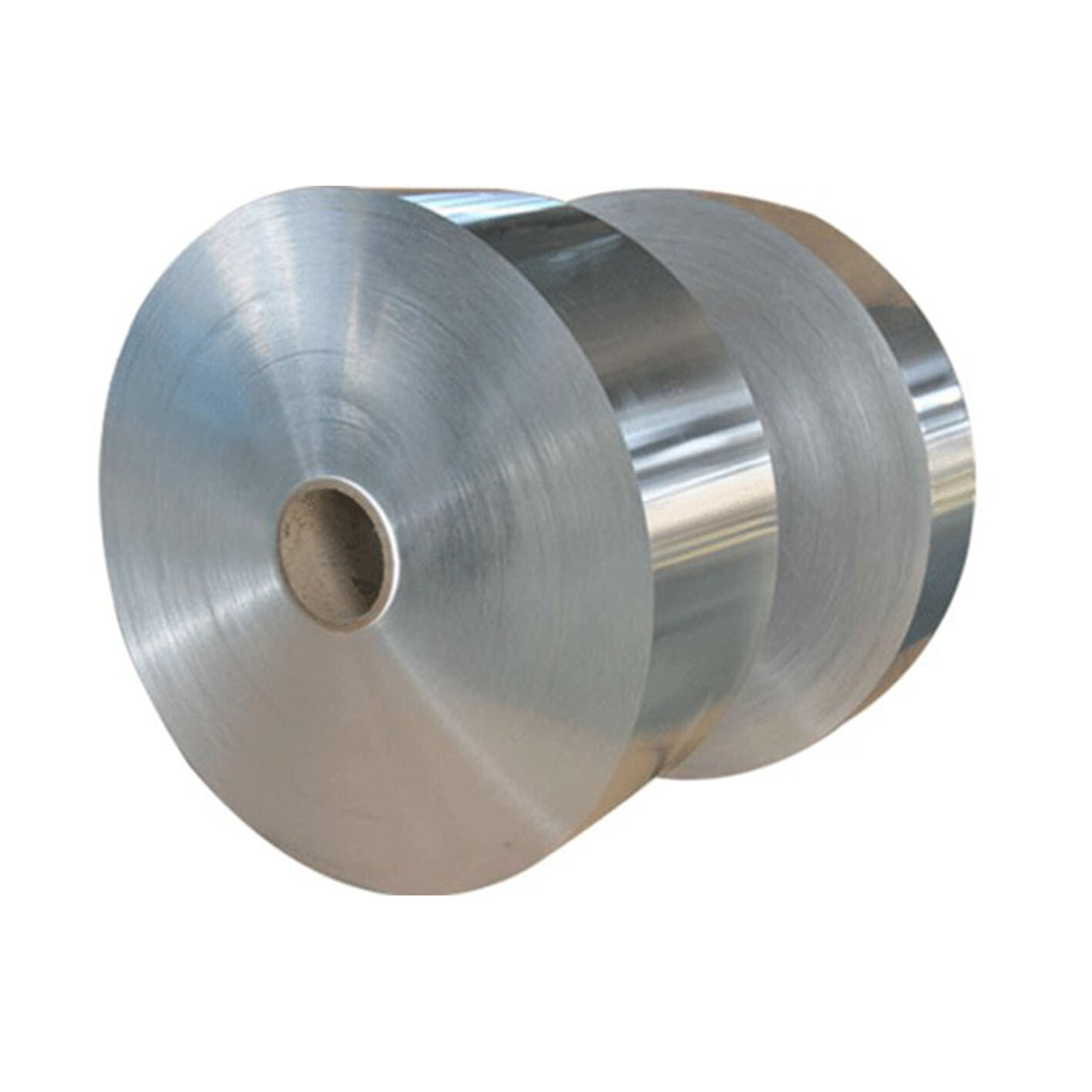Aluminum Coil vs. Steel: Which is Better for Your Needs?

Material Properties Comparison
When evaluating aluminum coils versus steel, fundamental differences in material properties dictate their performance across various applications. Aluminum alloys typically demonstrate a density of 2.7 g/cm³ compared to steel's 7.85 g/cm³, resulting in a 65% weight reduction for equivalent volumes. However, high-strength steel grades can achieve yield strengths exceeding 690 MPa, while even premium aluminum alloys like 7075-T6 max out around 505 MPa. The thermal conductivity of aluminum (235 W/m·K) surpasses carbon steel by 500%, making it ideal for heat exchangers. Electrical conductivity shows similar disparities, with aluminum conducting 61% of the IACS standard versus steel's mere 15%.
Mechanical Performance Metrics
Industry-Specific Applications
In automotive manufacturing, aluminum coils dominate body panels for premium vehicles due to their weight savings (reducing vehicle mass by 40% compared to steel), directly improving fuel efficiency. The aerospace industry exclusively uses aluminum alloys like 2024 and 7075 for airframe structures, where every kilogram saved translates to $10,000+ in fuel savings over an aircraft's lifespan. Conversely, structural steel remains mandatory for high-rise building frameworks where compressive strength requirements exceed aluminum's capabilities. Our Aluminum Bar products in 6000 and 7000 series meet these demanding aerospace specifications.
Construction Material Selection
- Roofing systems: Aluminum's corrosion resistance outperforms galvanized steel in coastal environments
- Curtain walls: Aluminum's malleability allows complex extruded profiles impossible with steel
- Structural components: Steel's higher modulus makes it preferable for load-bearing elements
Cost Analysis Over Product Lifecycle
While raw material costs favor steel ($0.50-$1.50/lb versus aluminum's $1.20-$2.80/lb), total cost of ownership often reverses this advantage. Aluminum's 3-5x better corrosion resistance eliminates galvanization costs and reduces maintenance. In food processing plants, our 5000 series Aluminum Bar demonstrates 20-year durability without coating, while stainless steel alternatives require $15/m² annual maintenance. Weight savings in transportation applications yield ongoing operational cost reductions - switching from steel to aluminum coils in truck trailers saves 3,000 lbs, increasing payload capacity by 8%.
Breakdown of Hidden Costs
- Fabrication costs: Aluminum requires specialized welding techniques (+15% labor)
- Finishing expenses: Steel often requires painting/primer ($2-5/sf)
- Recycling value: Aluminum retains 80% of virgin material value versus steel's 45%
Technical Processing Considerations
Aluminum coils present unique manufacturing advantages with lower melting temperatures (660°C vs steel's 1538°C) that reduce energy consumption during forming. Our production lines utilize continuous casting for Aluminum Bar manufacturing, achieving tolerances of ±0.1mm across diameters from 5-600mm. However, steel's higher thermal stability makes it preferable for high-temperature applications exceeding 200°C, where aluminum alloys begin losing tensile strength. Surface treatment options differ significantly - aluminum accepts anodizing for enhanced wear resistance, while steel relies on galvanization or powder coating.
Forming and Joining Methods
Sustainability and Environmental Impact
The aluminum industry has reduced production energy requirements by 25% since 1995 through technological advancements like inert anode smelting. Recycling aluminum coils consumes only 5% of the energy needed for primary production, compared to steel's 30-40% energy savings. Our facility's 900,000-ton annual output includes 40% recycled content, certified under ISO 14001 standards. Aluminum's infinite recyclability without quality degradation makes it preferable for circular economy initiatives, though steel remains more economical for single-use construction applications.
Carbon Footprint Comparison
- Primary aluminum production: 8-12 kg CO2/kg
- Recycled aluminum: 0.5-1.5 kg CO2/kg
- Steel production: 1.5-3.0 kg CO2/kg
Why Choose Our Aluminum Solutions
Shandong Diwang Aluminum Technology combines 20+ years of metallurgical expertise with state-of-the-art production capabilities. Our five advanced coil lines produce Aluminum Bar products meeting ASTM B221 and GB/T 3191-2019 standards, with customized tempers from O-H112 to T8. The company's R&D team develops application-specific alloys for extreme environments, including marine-grade 5083 aluminum for offshore applications. With exports to 30+ countries, we understand regional material specifications and compliance requirements across engineering, military, and aerospace sectors.
Value-Added Services
- Material certification with full traceability
- Just-in-time delivery programs
- Technical support for welding/forming processes
- Custom alloy development
Frequently Asked Questions
Q: Can aluminum coils match steel's strength?
A: Through alloying and tempering, certain aluminum grades approach medium-carbon steel strength while maintaining 50% weight savings. Our 7000 series Aluminum Bar achieves 500+ MPa tensile strength.
Q: How does thermal expansion affect design?
A: Aluminum's higher coefficient (23 μm/m·°C vs steel's 12) requires expansion joints in long spans. Our engineers can calculate compensation factors for your specific application.
Leave A Message
If you are interested in our products and want to know more details, please leave a message here, we will reply you as soon as we can.
